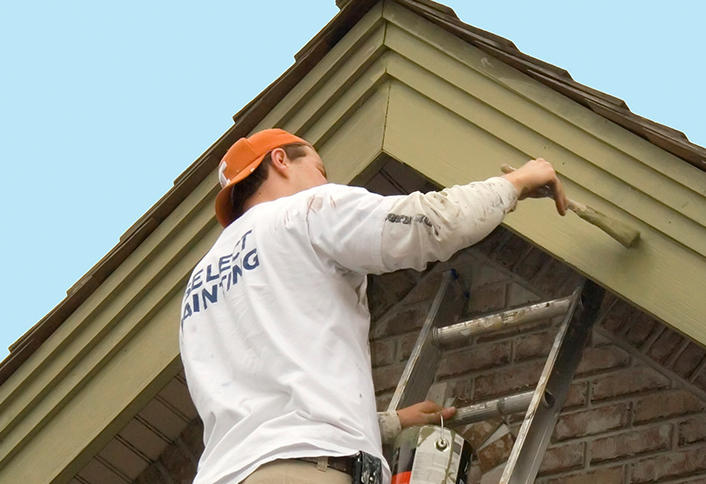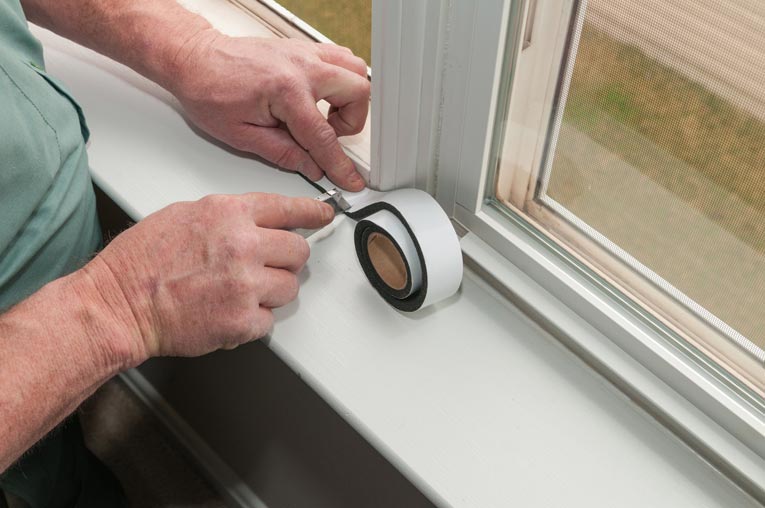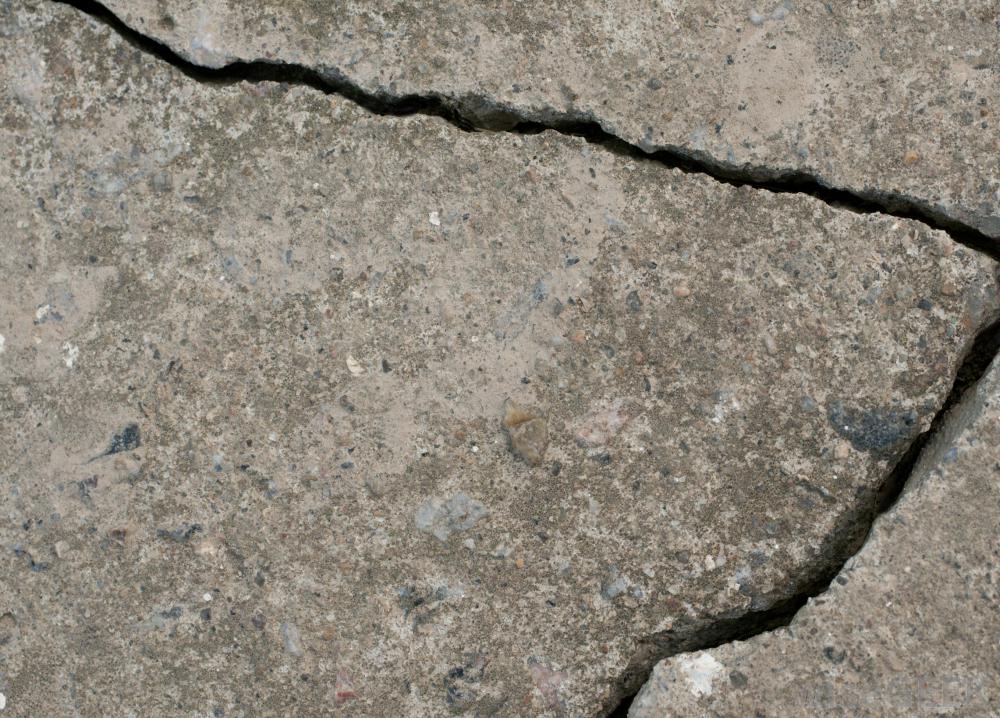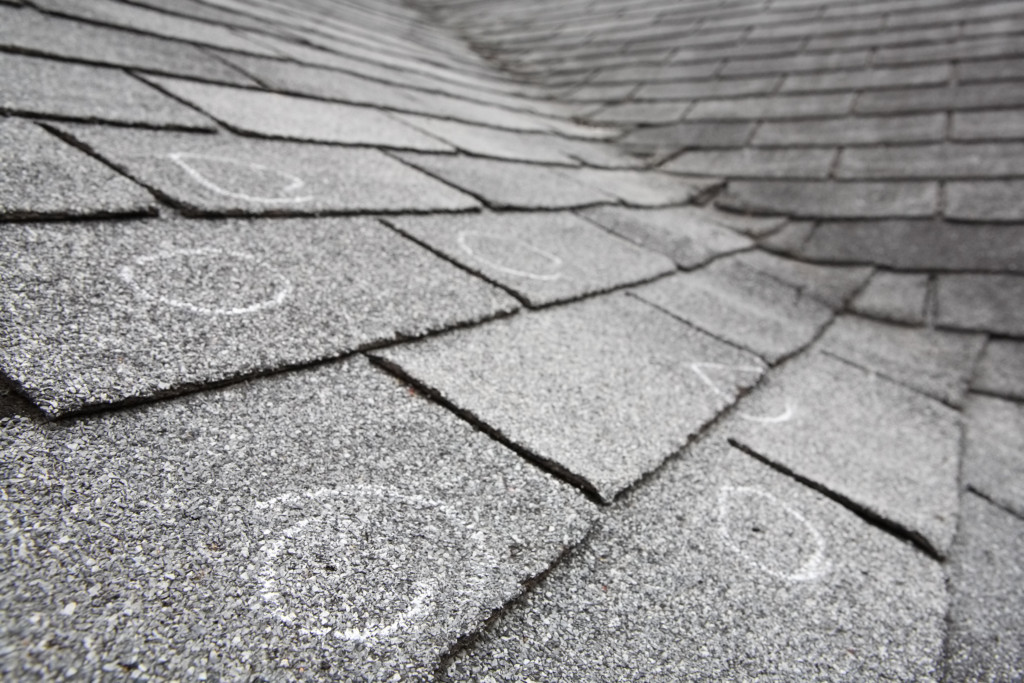Maintaining your home’s exterior is a critical aspect of responsible homeownership, providing both aesthetic appeal and structural integrity to your property. Regular upkeep not only preserves your home’s value but also prevents costly repairs down the road. Understanding maintenance value means recognizing that small, consistent efforts today can save thousands in potential damage tomorrow. This proactive approach to home care ensures your property remains in excellent condition throughout the changing seasons.
The exterior of your home faces constant exposure to weather elements, from scorching sun to freezing temperatures, making regular inspection and maintenance essential. Creating a systematic approach to exterior upkeep helps identify small issues before they become major problems. By implementing the maintenance value philosophy—addressing minor concerns immediately rather than waiting for them to worsen—homeowners can extend the lifespan of their property’s exterior features while maintaining curb appeal and structural soundness.

- Regular inspection and maintenance of your home’s exterior paint are crucial for long-term protection. Source: @ChoiceWarranty – choicehomewarranty.com
Essential Exterior Maintenance Tasks
Regular inspection of your home’s exterior is paramount in preventing costly damages. Begin by examining all painted surfaces for signs of peeling, bubbling, or cracking, as these indicators suggest moisture penetration that could lead to wood rot and structural damage. Caulking around windows, doors, and joints should be checked for deterioration and replaced as needed to maintain a watertight seal. The importance of these simple inspections cannot be overstated—addressing minor paint and caulking issues promptly can prevent water from infiltrating your home’s structure.
Vegetation management is another crucial aspect of exterior maintenance that’s often overlooked. Trees and shrubs growing too close to your home can damage siding, scratch windows, and create moisture traps that accelerate decay. They also provide convenient pathways for pests to enter your home. Regular trimming to maintain at least a two-foot clearance between vegetation and your home’s exterior walls significantly reduces these risks. Additionally, inspect for signs of pest activity around your foundation and exterior walls, addressing any evidence immediately to prevent infestations from taking hold and causing extensive damage.

- Consider a seasonal maintenance schedule to keep up with essential home exterior tasks. Source: @ChoiceWarranty – choicehomewarranty.com
Seasonal Maintenance Schedule
Creating a structured seasonal maintenance schedule ensures no critical exterior task gets overlooked throughout the year. Most exterior home experts recommend inspections at least quarterly, aligning with seasonal changes that bring different challenges to your home’s exterior. Spring inspections should focus on winter damage assessment, while summer maintenance typically involves cleaning and repairs. Fall preparations center on weatherproofing for winter, and winter checks should monitor for ice dams and snow accumulation issues. This systematic approach delivers substantial maintenance value by ensuring problems are caught early.
For homeowners in areas with extreme weather conditions, semi-annual evaluations may be sufficient, with one in spring and another in fall. However, regardless of your formal inspection schedule, developing the habit of casually observing your home’s exterior during routine activities—like mowing the lawn or retrieving mail—helps identify emerging issues between formal inspections. Document your findings during each inspection using a checklist or notes to track recurring problems and maintenance history. This documentation provides valuable insight into your home’s specific vulnerabilities and helps prioritize maintenance tasks based on urgency and seasonal appropriateness.

- Investing in quality materials can prevent common exterior issues such as cracks. Source: @ChoiceWarranty – choicehomewarranty.com
Choosing Quality Exterior Materials
Investing in high-quality exterior materials represents one of the most significant ways to reduce long-term maintenance costs and headaches. Premium materials typically offer superior durability, weather resistance, and longevity compared to budget alternatives. While the initial investment may be higher, the value becomes evident over time as these materials require less frequent replacement and repair. For example, fiber-cement siding might cost more upfront than vinyl, but its superior resistance to rot, fire, and insects translates to decades of trouble-free service with minimal maintenance requirements.
When selecting exterior materials, consider factors beyond just the purchase price. Evaluate life-cycle costs that include installation, maintenance requirements, expected lifespan, and eventual replacement expenses. Materials like composite decking, metal roofing, and high-quality exterior paints might command premium prices initially but provide exceptional value through reduced maintenance frequency and extended service life. Also consider your local climate conditions when selecting materials—homes in coastal areas benefit from salt-resistant materials, while properties in high-precipitation regions require excellent moisture resistance. Consulting with experienced contractors who understand regional challenges can help identify the most appropriate materials for your specific location.

- Inspecting and maintaining your roof is key to preventing moisture and pest damage to your home. Source: @ChoiceWarranty – choicehomewarranty.com
Professional Maintenance Recommendations
Regular gutter cleaning and maintenance stand among the most critical yet often neglected exterior maintenance tasks. Clogged gutters can cause water to overflow and pool around your foundation, potentially leading to basement flooding, foundation damage, and landscape erosion. Professional maintenance experts recommend cleaning gutters at least twice yearly—in late spring and late fall—with additional cleanings as needed in areas with heavy tree coverage. The importance of proper gutter maintenance extends to your roof system as well, preventing water from backing up under shingles and causing extensive damage to underlying structures.
Comprehensive exterior maintenance should also include annual roof inspections to identify missing or damaged shingles, regular pressure washing of siding and walkways to prevent mold growth, and systematic sealing of gaps around windows, doors, and utility penetrations to prevent moisture intrusion and improve energy efficiency. Professionals emphasize the importance of addressing these maintenance areas proactively rather than reactively. By establishing a regular maintenance routine that addresses these key areas, homeowners can significantly extend their property’s lifespan while maintaining its aesthetic appeal and structural integrity. Remember that the true value lies in prevention—addressing small issues before they evolve into expensive, complex problems.
